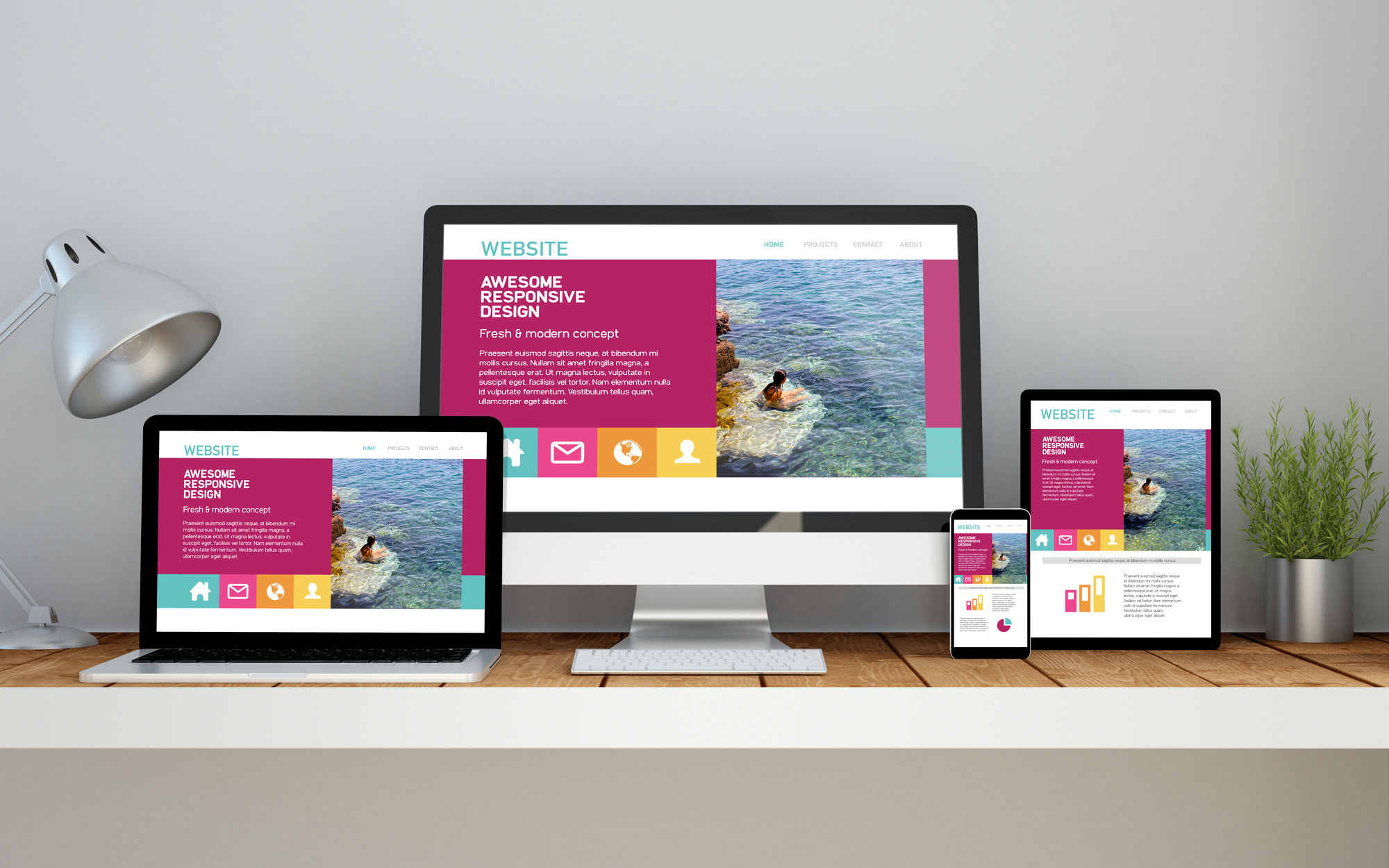You’ve logged onto your website recently, right? Did you log on from a laptop, tablet, or your smartphone? Hopefully, you use all three to check your site often.
Why is this important? After all, you have a team of people working under you to make sure everything’s running smoothly.
Regardless of who does what in your company, you need to stay on top of your site’s responsiveness.
You know your site has to be mobile-friendly. But do you realize the ramifications if it’s not?
More than four billion people worldwide are internet users. It may seem a little daunting to try and satisfy all of them. Unfortunately, you don’t have a choice anymore but to try.
In this guide, we’ll explain what responsive design is and why it’s mandatory that your custom website implements is.
3 Reasons Your Custom Website Needs Responsive Design
Let’s talk about what responsive design is. Having a responsive site means that it’s optimized for different devices. Whether a user logs in using a desktop PC, laptop, tablet, or phone they all get the same experience.
That’s because, with responsive web design, your custom website automatically responds to the device that’s used to look at it and resizes itself to fit that screen.
77% of adults now have smartphones. 134 million people worldwide buy tablets every year. While the use of desktops is dwindling, laptops are still on pace with tablets as far as sales and use.
So, it’s not about deciding if you should have a responsive design, it’s now why you need to. Take a look at the top three reasons below.
1. Google Will Reward You
When it comes to your site, SEO is the name of the game. When it comes to SEO, Google rules the school.
Why is what Google has to say so important? Because they have more than 92% of the market share when it comes to search engines.
Google says responsive design is one of their “big three” recommendations for design pattern. They’re now using mobile first indexing which means if your site isn’t mobile-friendly, don’t expect them to reward you with great search results.
2. Need For Speed
Everything must be fast in today’s world and that includes your site’s load times. Your site has three seconds before you start losing users. At three seconds, half your visitors leave.
By six seconds, you barely have anyone left. Who are you going to convert with zero users?
Responsive design ensures your site loads faster. And, speed is also one of the signals for SEO although it’s not weighed that heavily–yet.
3. Give the Users What They Want
All users–regardless if they’re using a laptop, tablet, or phone–want to have a great experience on your site. That’s called UX–user experience.
Responsive design ensures your users are getting the ultimate in UX.
Do you remember when you were trying to navigate websites five years ago? You had to squint to see any of the text from your smartphone.
You could barely click on anything because the boxes were so tiny–if you could even read what they were in the first place. Do you want to give your users that kind of experience today? You wouldn’t stick around for it, so why should they?
There’s also a connection between UX and SEO. Headings, site structure, being mobile-friendly, speed–they all affect both SEO and UX.
What Next?
Now that you know why having a responsive design is a must, how do you get it? That’s where we come in.
At Studio98, we focus on everything you need to reach your target audience and convert them into customers. We offer custom website design, SEO, pay-per-click, lead generation, and more.
Schedule a call with us today and let’s work together to put your site on the map and money in your pocket.

